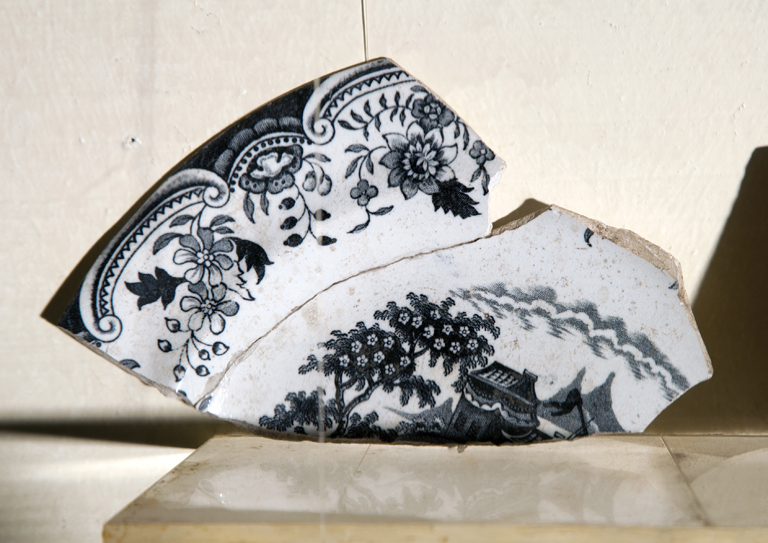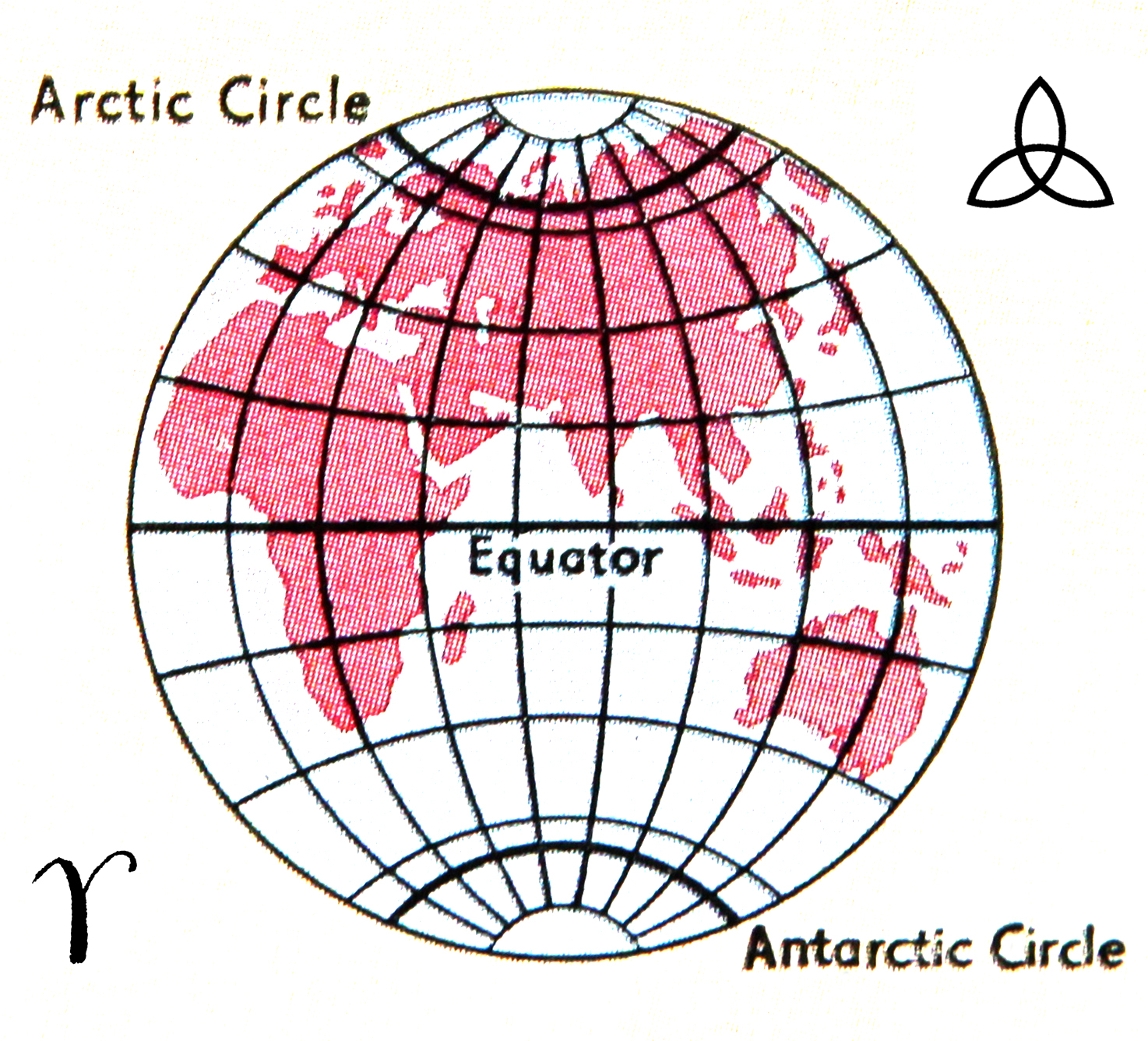Fragments of Poti

In the Eastern War, the Turks came again, surging through the scented, warm air. There are texts in the Qur’aan and Sunnah that prescribe the manumission of a slave to expiate sin, yet they send shiploads of captured children back to Constantinople for enslavement. Good Christians may also hang their heads in shame, for they are not exempt. The immutable rules of war dictate: take what you can, destroy the rest. With the incessant rains, their army is soon submerged in the Mingrelian mud. Before the Mohammedans are finally expelled they turn to the comforts of massacre, pillage and incendiarism.
‘Zugdidi is no longer,’ wrote Ekaterine Chavchavadze, the widow of David Dadiani, the buildings of her estate reduced to ashes, the contents dismembered and scattered. Everything that can be broken is smashed, everything that can be seared by flame is set alight. Vases, urns, statuary, chandeliers, furniture, fine porcelain, all reduced to charred splinters and dust. They leave nothing but dirt, disease and ruin behind them.
Even the remarkable botanical garden there, the product of sixteen years of careful labour, is erased. All fruits, flowers and plants cut down or taken away. Of all the wealth of the Dadiani castle, only a few fragments of broken tableware remain.
Tolstoy, who not so long ago was eating ice creams in Bucharest and spending his evenings at the Italian opera, is across the sea in besieged Sevastopol. Of the grim battlefields of this conflict he writes, ‘You will see fearsome sights that will shake the roots of your being; you will see war not as a beautiful orderly and gleaming formation, with music and beaten drums, streaming banners and generals on prancing horses, but war in its authentic expression – as blood, suffering and death’.
Fragment of a porcelain set from Dadiani Castle (1850’s), dedicated to David Dadiani: found on territory of Khulevi village.
აღმოსავლური ომის დროს, კვლავ დაბრუნდნენ თურქები, მოაპობდნენ სურნელოვან თბილ ჰაერს. მიუხედავად იმისა, რომ ყურანსა და სუნაში განსაზღვრულია მონობიდან გათავისუფლების ხერხები ცოდვის მონანიების მიზნით, თურქები მონებად აგზავნიან დატყვევებული ბავშვებით სავსე გემებს კონსტანტინეპოლში. თუმცა ამ კუთხით არც კეთილი ქრისტიანები წარმოადგენენ გამონაკლისს. ომის დაუწერელი კანონია: წაიღეთ რისი წაღებაც შეგიძლიათ, დანარჩენი გაანადგურეთ. უწყვეტი წვიმების გამო, მათი არმია მალე იძირება მეგრულ ტალახში. დაპყრობილი მიწების საბოლოოდ დატოვებამდე, მაჰმადიანები დაკავებული არიან სისხლისღვრით, ძარცვით და ტერიტორიების ცეცხლში გახვევით.
‘ზუგდიდი აღარ არსებობს’, წერდა ეკატერინე ჭავჭავაძე, დავით დადიანის ქვრივი, მისი სამფლობელო ფერფლად არის ქცეული, ხოლო შიგთავსი განადგურებული და გაფანტული. ყველაფერი რისი დამტვრევაც შეიძლებოდა დალეწილია, ყველაფერი რისი დაწვაც შეიძლებოდა ცეცხლშია. საყვავილეები, ქოთნები, სკულპტურები, ჭაღები, ავეჯი, ფაიფური, ყველაფერი ნამსხვრევებად და მტვრად იქცა. ისინი ჭუჭყის, ავადმყოფობის და ნანგრევების მეტს არ ტოვებენ ნა კვალევად.
ღირშსენაშნავი ბოტანიკური ბაღიც კი, რომლის მოწყობასაც თექვსმეტწლიანი დაუღალავი შრომა დასჭირდა, განადურებულია. ყველა ხილი, ყვავილი, მცენარე მოჭრეს ან წაიღეს. დადიანების სასახლის მთელი სიმდიდრიდან, მხოლოდ დამტვრეული სასადილო ჭურჭლის რამოდენიმე ფრაგმენტიღაა შემორჩენილი.
ტოლსტოი, რომელიც სულ ცოტა ხნის წინ ნაყინს მიირთმევდა ბუქარესტში და საღამოებს ატარებდა იტალიურ ოპერაში, ახლა იმყოფება ალყაშემორტყმულ სევასტოპოლში. საზარელი ბრძოლის ველზე წერს: ‘აქ ნახავთ საშიშ სანახაობას, რომელიც ძირეულად შეძრავს თქვენს არსებას; აქ ნახავთ ომს, არა როგორც ლამაზ, მოწესრუგებულ და ბრჭყვიალა ჯარის წყობას მუსიკის და დაფდაფების თანხლებით, მოფრიალე დროშებითა და ცხენებზე ამხედრებული გენერალების თანხლებით, არამედ ჭეშმარიტ ომს - როგორც სისხლს, წვალების და სიკვდილის ველს’.
დავით დადიანის სახელობითი ფაიფურის ჭურჭლის ფრაგმენტები, აღმოჩენილია დღევანდელი ყულევის ტერიტორიაზე.
